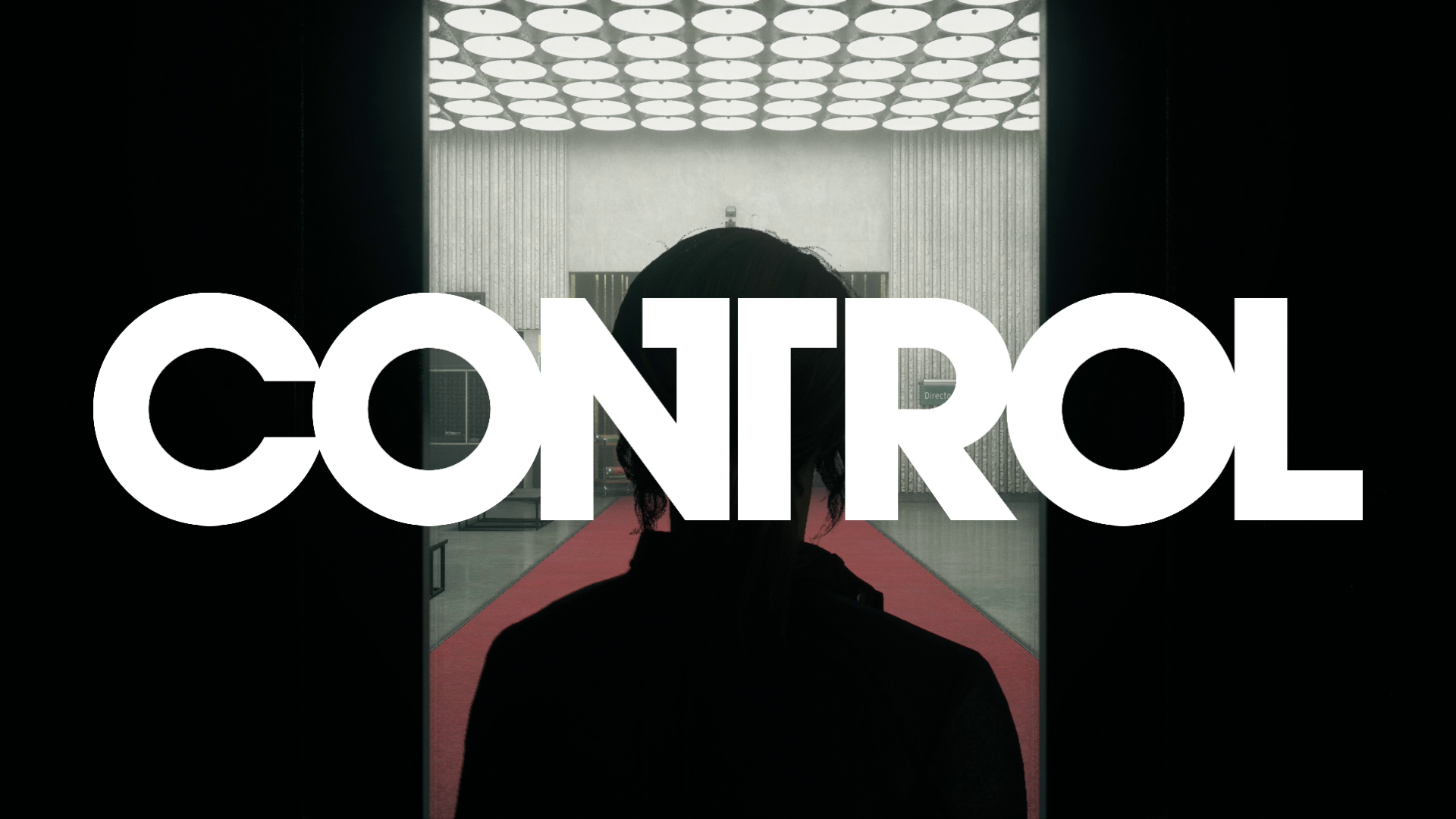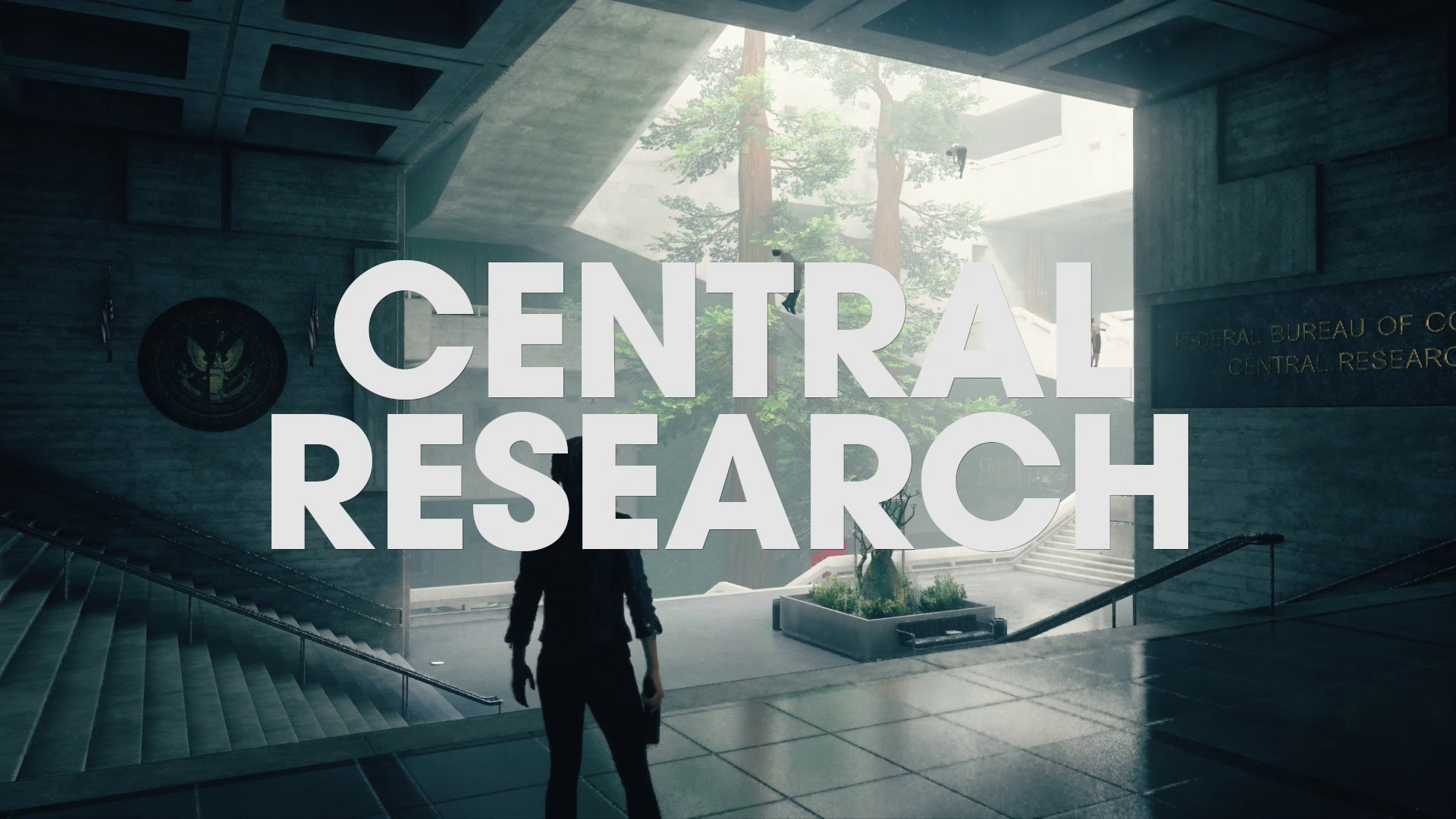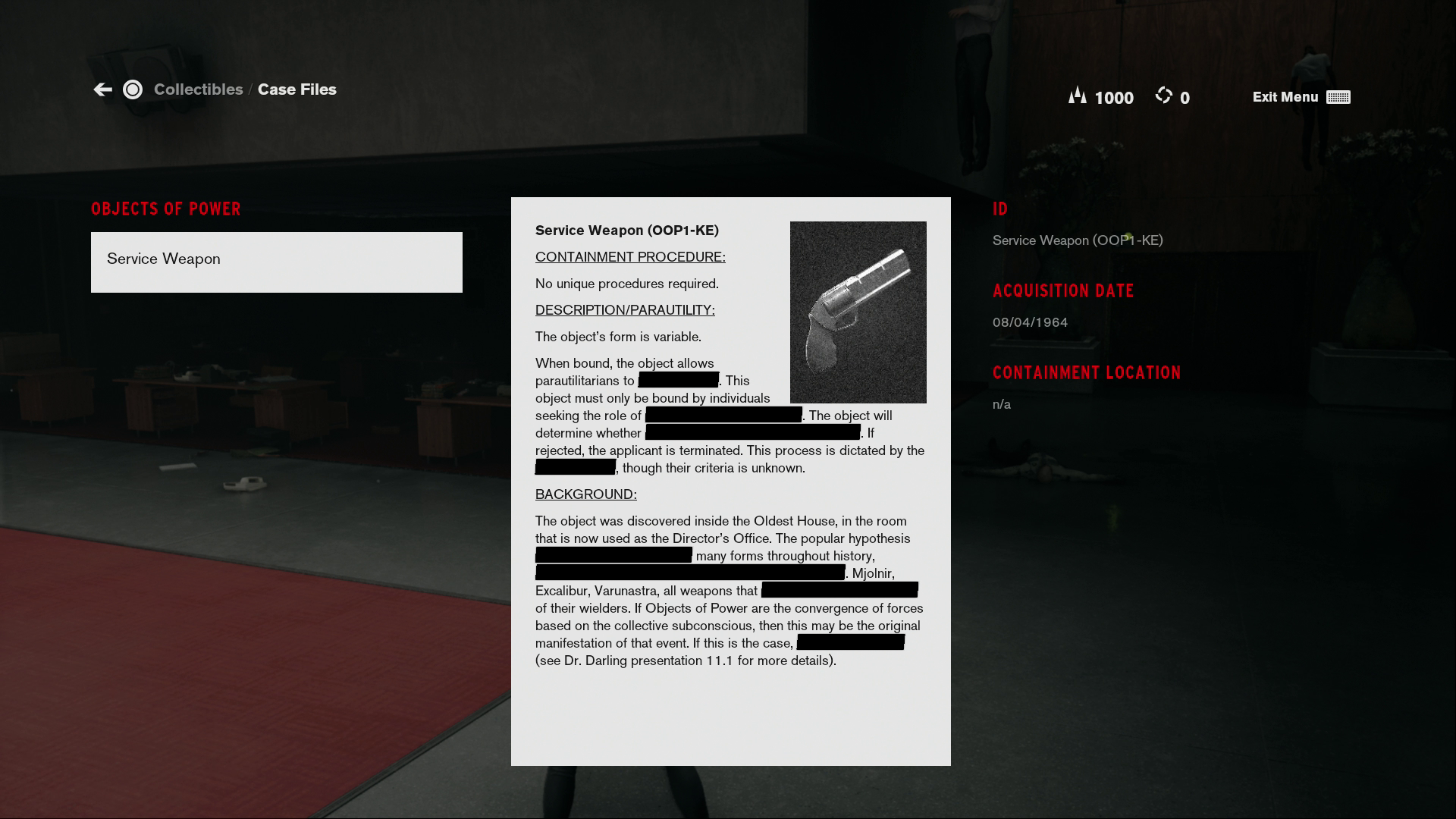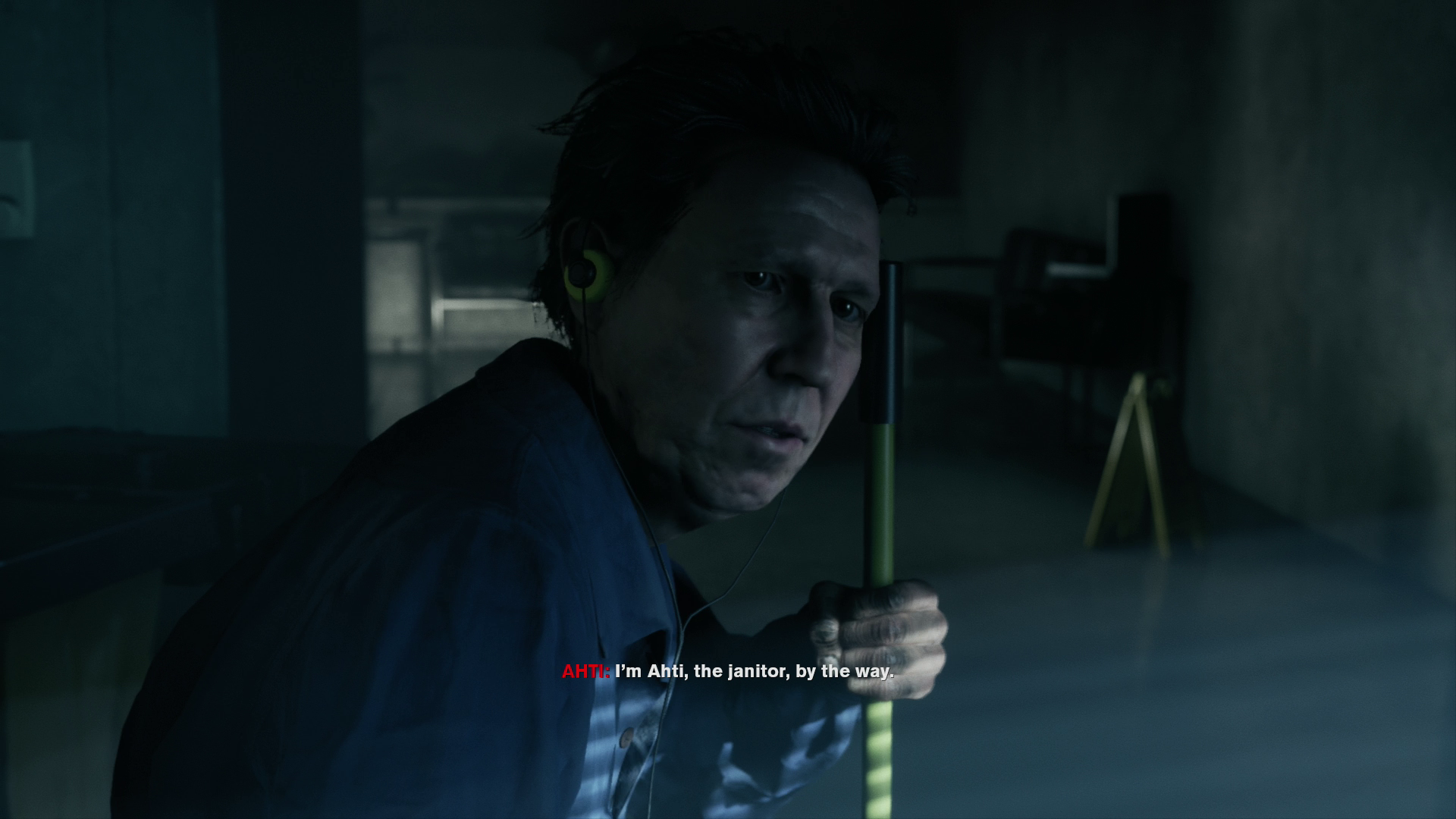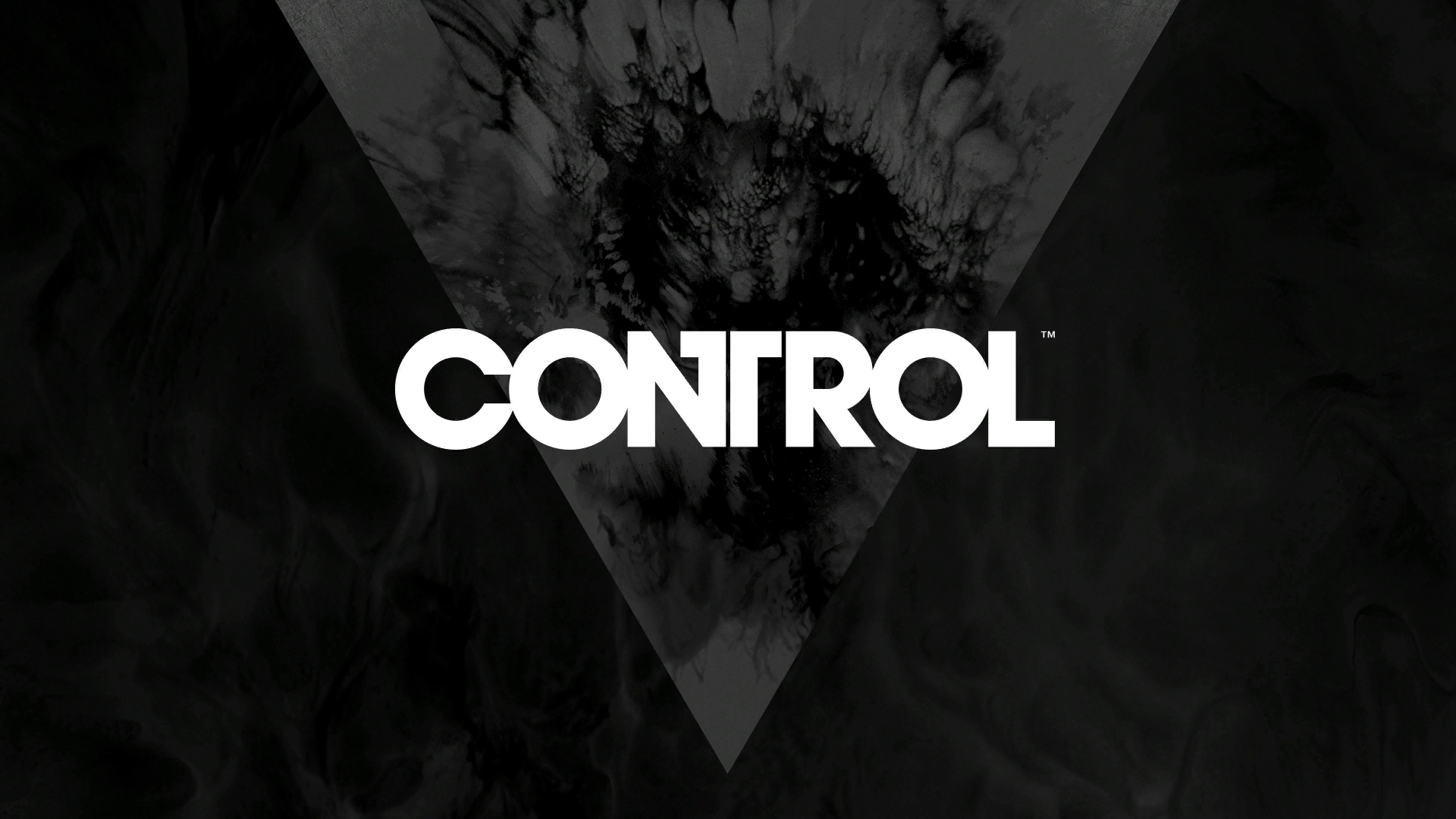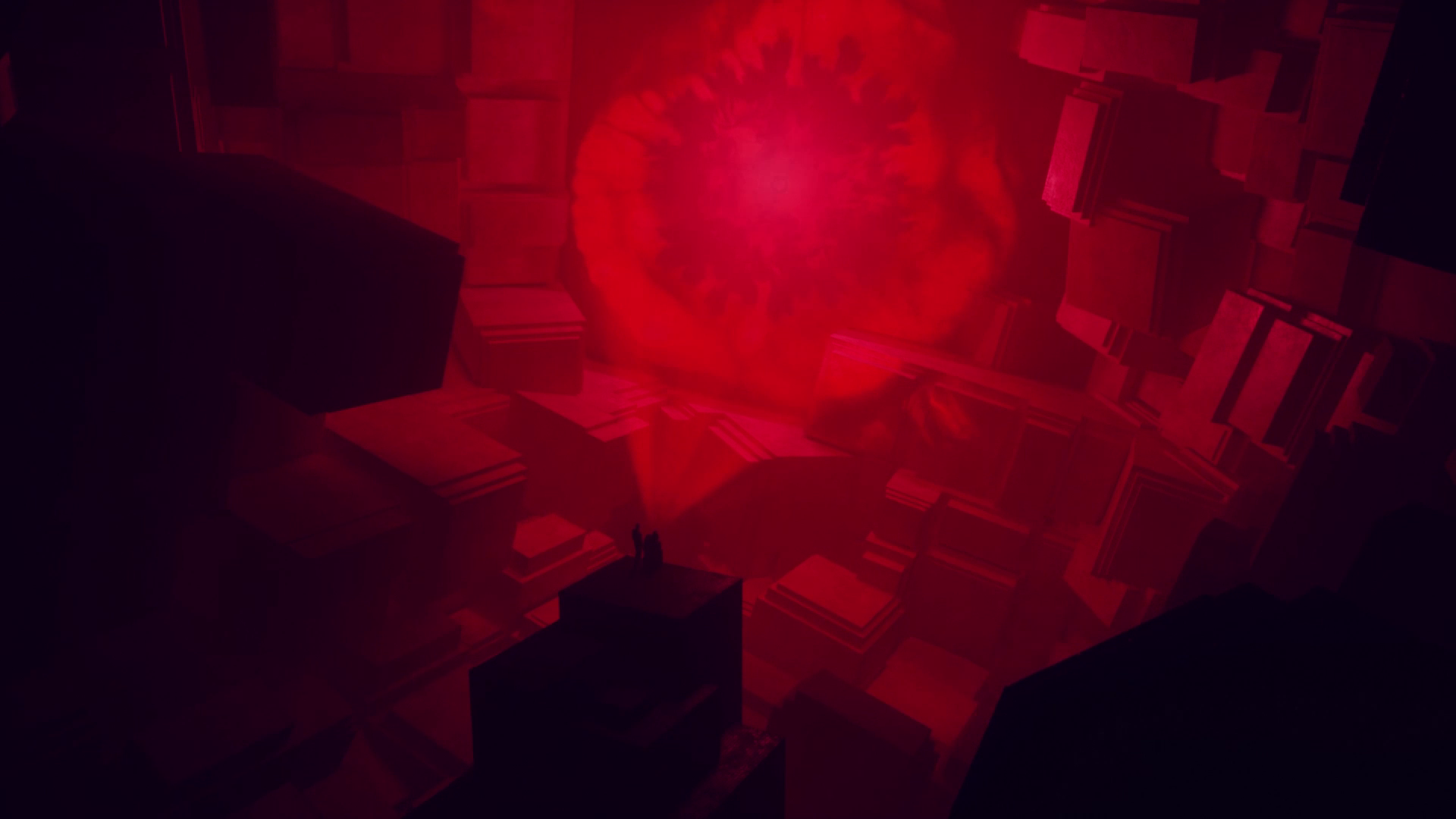Control, the latest game from Remedy Entertainment, is an excellent entry in their gameography. Whereas Quantum Break was disappointing and Alan Wake a cult hit, Control is poised to appeal to both the fans of Alan Wake’s reality-warping fiction as well as those who enjoy the pew pewing of Max Payne.
Unlike those games, Control features Remedy’s first female protagonist: Jesse Faden (played by Courtney Hope aka Beth Wilder of Quantum Break). She’s a confident drifter, and a skeptic of the official record of a tragedy that engulfed her hometown of Ordinary. This, as well as the voice in her head referred to as Polaris, has led her to The Oldest House, the headquarters of the Federal Bureau of Control, and hopefully, the truth behind her brother’s fate and the events of her childhood. However, a recent invasion by an entity dubbed the Hiss has thrown the Bureau in disarray. The Director, Zachariah Trench (played by James McCaffrey aka Max Payne) is dead and Jesse becomes the new Director after a passing of the torch ritual involving the Service Weapon.
The game proper has the player, as Jesse, working her way through the labyrinth that is The Oldest House, finding survivors, fulfilling tasks to keep things under somewhat control, and slowly uncovering the mysteries that push her forward. Initially only armed with the Service Weapon that can shapeshift into familiar forms of weaponry to anyone who has played a shooter before, Jesse also accumulates supernatural powers such as telekinesis, levitation, and converting enemies into allies. It is immensely easy to play, especially once you gain the prerequisites to finding every little hidden area in the game. While there is no completion percentage to track or map to fill out, finding places you haven’t seen or had access to before is still very satisfying, as anyone who has played a Metroidvania title can attest to. It also helps that the things you find in these areas, mainly new pieces of fiction, are the best bits of the game.
The Oldest House does not mesh well with digital technology, meaning no smartphones are carried within its ill-defined walls. Instead there is a reliance on analogue technology, things such as projectors, floppy discs, pneumatic tubes, tape decks for audio recordings, and bulky computers and monitors straight from the Nostromo. Each new area is introduced with large bold text and audio cues of deep thudding occurring in the distance. This, along with the brutalist architectural style, really positions The Oldest House as a massive and unknowable structure.
A great example of the usage of architecture is the Panopticon. This style of building is generally used as a method of imprisonment meant to instill the fear of being watched into its inmates. In Control, this structure is used as a way to house the multitude of altered items found by the Bureau. Part of the fiction includes a theory that to placate the items it is good to have them set up on altars as if to be worshiped. The Panopticon fulfills this through its ability to instill a sense of being watched, though instead of humans it is supernatural entities. One side mission involves a staff member, forgotten by work negligence, sitting and staring at a refrigerator for over a day in order to keep it pacified. These items demand attention, and the FBC obliges even if they don’t fully understand the how or why.
Brutalist architecture as the basis for The Oldest House works well both thematically and within the gameplay. Brutalism's reliance on concrete as its main material means that Jesse will always be supplied with telekinetic ammo should the player not cursor over a specific piece of highlighted items. Bringing up the shield also pulls from the surrounding concrete. Given that The Oldest House is a government building that is all about exerting control, it makes sense that the style would be utilitarian of all straight lines and sharp edges.
Control points scattered throughout the world serve as checkpoints and once cleared will frequently clear out large, disjointed blocks of concrete that block your path, helping reinforce that this place is a living entity. This basic structure of squares is upheld even in places where reality has begun to warp the generally human-adapted spaces. Locations such as the Prime Candidate Program offices begin to warp around, and other places have rotating structures made up of bulky blocks that can be awkward to traverse. My favorite locations are the ones that include lots of verticality, specifically Dead Letters in Executive and the opening section of Research. Even with levitation, these areas are still so much bigger than you are.
A good portion of the text logs you will find are reports and supplemental material on Altered Items, Objects of Power (OoPs), and Altered World Events (AWEs). These reports gave me strong SCP vibes. SCP is an online wiki detailing the work of a fictional organization that Secures, Contains, and Protects supernatural entities. Both it and the Bureau have very similar goals, as well as similar redacted reports pertaining to the specifics of each item in its possession. These reports about items such as a rubber duck or a water cooler give enough details to understand what it is the object is capable of, but not why or how.
Early on Dr. Caspar Darling (played by Matthew Porretta aka Alan Wake) explains that the collective unconscious of humanity influences the creation of altered items and events. It is a bit like an unconscious version of Descartes, “I think, therefore I am,” but for allocating supernatural properties to everyday objects. Finding information about these items is satisfying, and the game is more than happy to oblige you up to a point. It never gives you too much information that you can fully wrap your head around, and frequently includes a sad origin story behind how it was detected (generally due to people dying).
The tale of Ordinary, Jesse’s hometown, has some of the best (and saddest) fiction in the game, as its reports detail the children who played around with the slide projector. These small bits include examples of the cruelty of children to others, as well as the way kid logic works for things that are way beyond their understanding. It had me feeling bad for these faceless kids who were just names on a document, and that speaks to the quality of some of the writing. To really find the full breadth of this writing, you'll have to have a keen eye for hidden areas, or just be a thorough explorer whenever entering an unfamiliar location within The Oldest House. Throughout the entire game, I was on the lookout for the telltale sign of a new piece, a circle that would contract to show the location of something you could pick up. Sadly this is the same tell for boxes of mods and crafting items, of which there is also a ton of in the game. I would encourage anyone playing to make a concentrated effort to not just mainline the story and run from point A to B but to take a break every now and then to double back to previously visited locations, especially once you've unlocked levitate.
While the existence of the FBC validates conspiracy theorists who believe the government is hiding the full truth of reality from them, it is far from the highly adept image portrayed in most fiction. In truth, the FBC is fumbling around most of the time, never quite sure about what they are about to confront or how to fully contain it. Their work is more about making it up as they go along, and whatever works, works. They can be a bit inept, as evidenced by the large amount of deaths related to FBC activity, and succumb to inter-departmental bickering and complaints over budget approvals and bureaucratic clearance levels for access to resources and information.
One of my favorite pieces of fiction was a series of book club reports from various employees who all read the same YA novel and gave varying opinions and appraisals of the book. Some enjoy it, others found it to be a typical piece of YA fiction, and one report even seems to meta-acknowledge the game’s world as something you need to suspend your disbelief in order to fully enjoy. While this sort of warm personality in employees and their familiar conflicts helps put a face to the faceless, The Oldest House and some of the actions taken by Trench and his management team, particularly with regards to your brother Dylan, fulfill that uncaring imagery of most governmental organizations.
Text logs are supplemented by FMVs, largely of Darling, giving explanations for the many elements of The Oldest House and the FBC. Darling brings that Remedy charm to his presentations, as he is eager and proud to display his work, though his underlings are a bit frustrated at a lack of clearance to do their own work. He can easily be understood as the oddball of the organization, and is the source of some of the best sequences of FMV in the game.
During her time finding herself near the end, Jesse conjures encouragement in the form of Darling performing "Dynamite" alongside Trench: an over-the-top song about Jesse being awesome. A “Spare Footage” FMV shows awkward footage of Darling and his assistants performing for the camera, making faces, glancing at the viewer, and trying their best to not appear uncomfortable. Trench appears mostly in the Hotline calls as a silhouette against a blue light, repeating the same smoking movements again and again. The routine is upturned when Darling makes his own Hotline call late in the game, replacing Trench and lacking the smoke, he adjusts his glasses and kinda just stands awkwardly as his message is delivered. This Hotline is also the same avenue through which you can hear from the Board, a supervising entity that speak/ring in a very specific tone/expression.
Jesse differentiates herself from the previous Director by having a more open and empathetic way of working, exemplified by her helping the various people she comes across, no matter how low in the ladder they may be. She also displays this very early on in the opening, as she shows immediate affection for Ahti, the janitor who seemingly talks in code to himself and anyone who listens, someone who would be referred to as the weirdo in pretty much any workplace group.
Jesse has an inner dialogue that frequently vocalizes her thoughts, especially during conversations. It's a good insight into her personality, though most of it is defined by a curiosity for the mysteries of the Bureau and a desire to find and cure her brother. Her inner dialogue is also frequently directed at Polaris, an ethereal presence only seen through shifting shapes that appear in loading screens and pointing towards objectives. Polaris is a key figure in Jesse’s life, as it was the thing that helped solve the crisis in Ordinary, as well as called her to The Oldest House at the beginning of the game. Its presence closely coincides with the player’s, and Jesse’s reliance on Polaris for strength can sometimes mimic her reliance on the player to successfully guide her through conflicts.
Remedy's development arc of Control appears to be similar to Jesse's narrative one. While I don't doubt the developer is proud of their work on Quantum Break, it is obvious that the game suffered under the duress of a constantly shifting Microsoft in the wake of its disastrously received Xbox One pitch. Control is produced under a new publisher, 505 Games, and Remedy even recently purchased the publishing rights for Alan Wake from Microsoft, letting them fully own their last great success within the culture of games. With Control, Remedy displays self confidence in their work, never hesitating even in the face of technical faults that existed in preview builds. I previously predicted Control would be delayed, given the seemingly lengthy development of their two previous titles, but they stuck to it and delivered. Control isn't exactly the easiest game to pitch to those who aren't familiar with the developer, but watching Jesse strut confidently through everything the FBC throws at her, I can't help but think they knew exactly what they were doing from early on and had every intention of following through no matter what.
Later in the game it is revealed that Polaris is also known as Hedron, at least to the Bureau. Darling’s research appears to position Hedron and the Hiss as a sort of polar opposite in terms of resonance. Whereas Hedron is friendly, the Hiss are obviously not. The Hiss corrupted Trench up until his death, whereas Darling exposed himself fully to Hedron and seemed to ascend out of our plane of reality because of that. Despite Jesse’s best efforts, Hedron/Polaris is pushed out of our plane by the Hiss, much like it pushed the Hiss, or something similar, out back in Ordinary. Jesse is left alone after this, trapped in a hell of sorts repeating the same menial tasks as she’s berated and her voice becomes apologetic, submissive, eager to please, very unlike her true self.
Thanks to Ahti, and a Hotline call from Darling, Jesse is able to find herself, the bit of her still attuned to Polaris, and come back to end the Hiss invasion. This letting go of Polaris and embrace of herself is the final development for Jesse, as after this sequence and the climax is when she reaches the fruition of her arc and fully accepts the position of Director of the Federal Bureau of Control.
Conveniently, the slide projector that caused the death of nearly everyone in Ordinary is also the cause of the Hiss invasion, intertwining the two main conflicts. Earlier in the game, you finally meet Dylan, who has submitted himself to the Hiss voluntarily after a lifetime of neglect and imprisonment by the cold and callous Bureau. During this time he was also fed misinformation about Jesse: that she wasn’t looking for him when she was. This trope of sibling separation and bitterness doesn’t build up to an ultimate confrontation like I feared. Instead, the ending is a bit rushed and anti-climactic. Dylan is with the slide projector, presumably amplifying the Hiss invasion. Jesse makes her way to him, cleansing him of the Hiss and shutting off the projector. This comes after a sequence where you are overpowered, ala Half-Life 2’s climax, but only make your way through several waves of enemies before reaching the final point. It has a feeling of building towards something that never quite appears, though remembering the final encounter of Quantum Break, it's probably a good thing in retrospect that there wasn’t a typical final boss encounter.
After all, that climax is a culmination of most everything you’ve gone through. Darling’s Hotline call mimics the repeated imagery of Trench, but replaced by Matthew Porretta. You descend into a completely Hiss controlled section of The Oldest House. Everything is bathed in a deep red even though it retains the same blocky structure of every other part of the building. The Board reaches out to you and begin to show Hiss corruption in their dialogue but give you a power boost as you enter the Astral Plane in order to reach and purify Dylan. The epilogue explicitly mentions an expansion, as well as ambient dialogue hinting towards unresolved threads such as the presence of Hiss still in the building, Marshall is still missing, and apparently Northmoor, the Director prior to Trench, could still be alive.
Remedy pride themselves on narrative, even subheading their proprietary engine Northlight a, “storytelling engine.” With Control, their storytelling surrounding Jesse Faden is one of attaining self-confidence in both one's own ability as well as the role they may find themselves in. It succeeds at this even if it doesn't impress overall. More successful is their work around the edges: the ways in which the FBC operates, the items they are attempting to learn about in order to better control them, and the ultimately unknowable methods and reasons behind The Oldest House, the Board, and the Astral Plane. Despite the technical shortcomings of the game on my PlayStation 4, I eagerly await the expansion of both Jesse's role as Director and the lore of these enigmatic beings to come.

